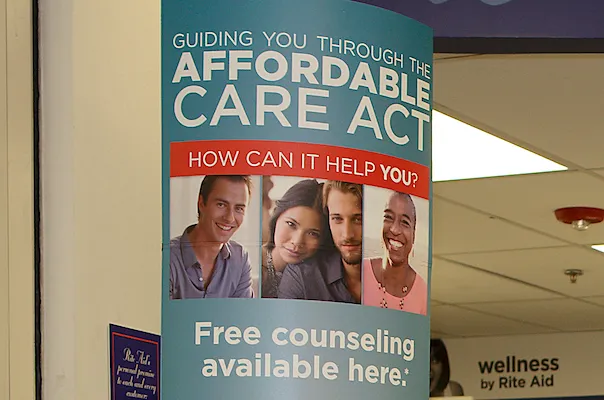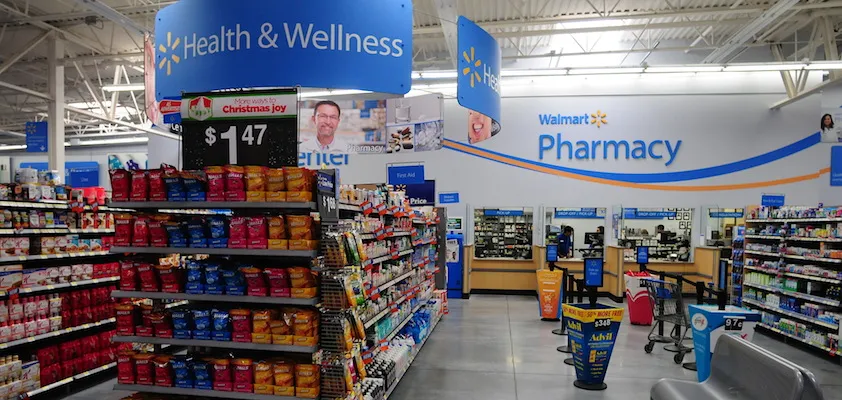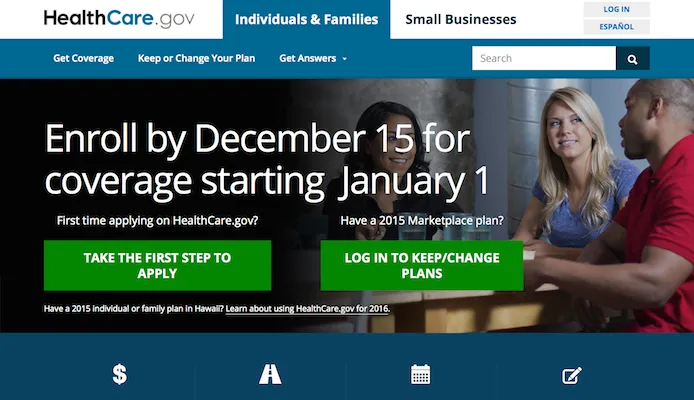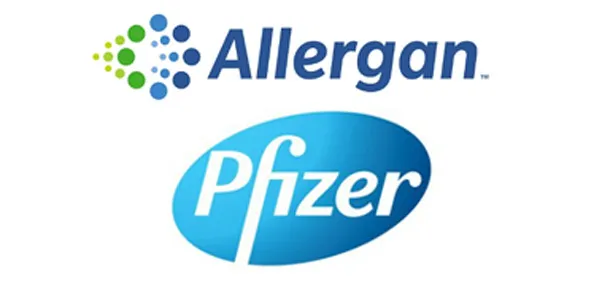WASHINGTON — Slow growth is foreseen for health insurance enrollment through the Affordable Care Act exchanges, the Obama administration said this month.
Coverage by the end of 2016 will barely exceed current levels, the administration said. Sign-ups during the ACA’s upcoming open enrollment season will bring the number of covered individuals to 10 million, up just 100,000 from recent levels and less than half the figure projected by the Congressional Budget Office. The act’s third open enrollment period runs from November 1 through January 31.
“We believe 10 million is a strong and realistic goal,” said Health and Human Services Secretary Sylvia Burwell. “We’ve seen high levels of satisfaction with the marketplace and expect the vast majority of our current customers will reenroll. And our target assumes that more than one out of every four of the eligible uninsured will select plans. We are working hard to improve the customer experience with upgrades to our site and more tools to help people find what they are looking for. We want to make it easier for consumers to find the right plan at the right price.”
Approximately 9.9 million people had coverage through the federal and state exchanges in early summer, and administration officials forecast a decline to 9.1 million by year-end. Some people lose coverage because they fail to pay their share of premiums, while others may get coverage through a new job.
Increases in coverage over the past two years have left fewer people without insurance, and they are a little more difficult to reach, Burwell said. Moreover, the remaining uninsured have concerns about plans’ affordability, even with government subsidies, she said.
The CBO predicted in March that enrollment would hit 11 million this year and 21 million in 2016. But administration officials said that forecast was based on assumptions that turned out to be inaccurate. For instance, the budget office assumed that large numbers of companies would drop coverage and send their workers to the exchanges, but that proved to be wrong.
HHS’ Office of the Assistant Secretary for Planning and Evaluation (ASPE) released a demographic analysis of the uninsured who are likely eligible for marketplace coverage. According to the reports, nearly eight in 10 of the approximately 10.5 million uninsured individuals likely to be eligible for qualified health plans (QHP-eligible uninsured) may be eligible for financial help through the exchanges.
ASPE developed a range of estimates for the number of individuals expected to have marketplace coverage at the end of 2016 from three sources: individuals who have marketplace coverage in 2015 and are expected to reenroll; the QHP-eligible uninsured; and individuals who bought 2015 coverage on the individual market outside the marketplace and may switch to exchange coverage.
ASPE also released a brief providing additional insight into the approximately 10.5 million QHP-eligible uninsured:
• Almost half are between the ages of 18 and 34.
• Almost 40% are living between 139% and 250% of the poverty level (earning approximately $30,000 to $60,000 for a family of four).
• Almost eight in 10 have an income that may qualify them for financial assistance.
• More than a third are people of color: about 19% are Hispanic, 14% are African-American, and 2% are Asian. There are also more men than women; around 57% are male.
Finally, survey data show that the uninsured have concerns about whether they can afford coverage. Nearly eight in 10 people without insurance have less than $1,000 in savings, and about half have less than $100 in savings. Almost 60% are either confused about how the premium tax credits work or don’t know that they are available. In 2015, roughly 85% of marketplace consumers received an average tax credit of around $270 per month.
Census Bureau reports show that some 9 million people gained health insurance last year, lowering the ranks of the uninsured to 10.4% of the population, down from 13.3% in 2013, when the ACA went into effect. The change reflected the expansion of Medicaid in many states, as well as the purchase of subsidized insurance through the health insurance exchanges.









